Filter by
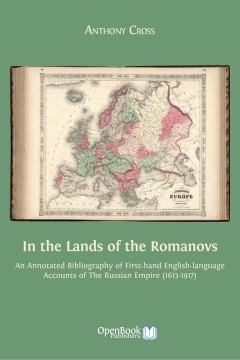
In the lands of the Romanovs : an annotated bibliography of first-hand Englis…
Over the course of more than three centuries of Romanov rule in Russia, foreign visitors and residents produced a vast corpus of literature conveying their experiences and impressions of the country. The product of years of painstaking research by one of the world’s foremost authorities on Anglo-Russian relations, In the Lands of the Romanovs is the realization of a major bibliographical proj…
- Edition
- -
- ISBN/ISSN
- 9781783740598
- Collation
- xvi, 422 p. ; ill. ; 23 cm.
- Series Title
- -
- Call Number
- 947.04 LAN c
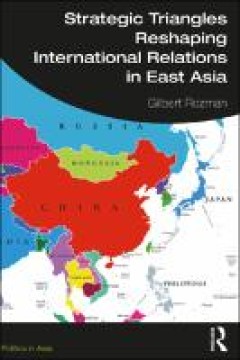
Strategic Triangles Reshaping International Relations In East Asia
Rozman shows how East Asia’s international relations over three decades can be best understood through the lens of triangles, analyzing relations between the key nations through a series of trilateral relationships. He argues that triangles present a convincing answer to the question of whether we had entered a new era of bipolarity like the Cold War or an age of multipolarity. Triangulation …
- Edition
- -
- ISBN/ISSN
- 9781000613957
- Collation
- -
- Series Title
- -
- Call Number
- -
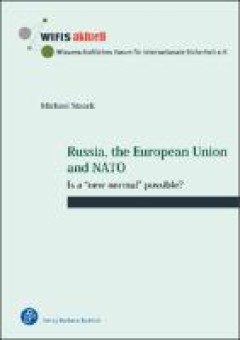
Russia, The European Union And NATO; Is A “New Normal” Possible?
Russia, the European Union, and NATO still share some important common interests that need to be given greater attention. A return to strategic partnership is not conceivable without resolving the Ukraine confl ict, but prudent management of the antagonism in order to keep open the prospect of a peaceful new normal is crucial. At the same time, it is important to keep in mind that the persisten…
- Edition
- -
- ISBN/ISSN
- 9783847421771
- Collation
- Knowledge Unlatched (KU)
- Series Title
- -
- Call Number
- -

Beyond NATO; A New Security Architecture For Eastern Europe
In this new Brookings Marshall Paper, Michael O’Hanlon argues that now is the time for Western nations to negotiate a new security architecture for neutral countries in eastern Europe to stabilize the region and reduce the risks of war with Russia. He believes NATO expansion has gone far enough. The core concept of this new security architecture would be one of permanent neutrality. The count…
- Edition
- -
- ISBN/ISSN
- 9780815732587
- Collation
- -
- Series Title
- -
- Call Number
- -

The Russian Revolutions Of 1917
In October 2017, UiT – the Arctic University of Norway hosted the international conference The Russian Revolutions of 1917: The Northern Impact and Beyond. The aim was to explore the events of 1917 in Russia, with a particular focus on the northern regions and the impact on Russia’s neighbor state in the northwestern corner of the empire, Norway. The conference also included contributions t…
- Edition
- -
- ISBN/ISSN
- 9781644693247
- Collation
- -
- Series Title
- -
- Call Number
- -
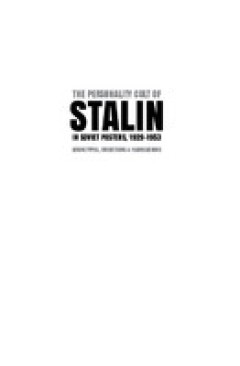
The Personality Cult Of Stalin In Soviet Posters, 1929–1953; Archetypes, In…
From 1929 until 1953, Iosif Stalin’s image became a central symbol in Soviet propaganda. Touched up images of an omniscient Stalin appeared everywhere: emblazoned across buildings and lining the streets; carried in parades and woven into carpets; and saturating the media of socialist realist painting, statuary, monumental architecture, friezes, banners, and posters. From the beginning of the …
- Edition
- -
- ISBN/ISSN
- 9781760460624
- Collation
- -
- Series Title
- -
- Call Number
- Former Soviet Union, USSR (Europe0
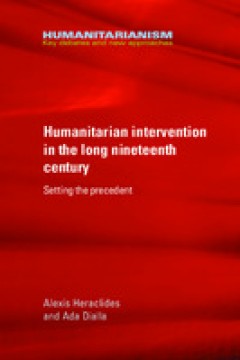
Humanitarian Intervention In The Long Nineteenth Century
This book is a comprehensive presentation of humanitarian intervention in theory and practice during the course of the nineteenth century. Through four case studies, it sheds new light on the international law debate and the political theory on intervention, linking them to ongoing issues, and paying particular attention to the lesser known Russian dimension. The book begins by tracing the gene…
- Edition
- -
- ISBN/ISSN
- 9780719098598
- Collation
- Knowledge Unlatched (KU)
- Series Title
- -
- Call Number
- -
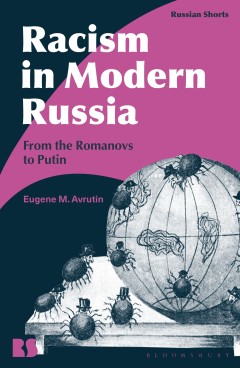
Racism in Modern Russia : From The Romanovs to Putin
In October 2013, one of the largest anti-migrant riots took place in Moscow. Clashes and arrests continued late into the night. Some in the crowd, which grew to several thousand people, could be heard chanting “Russia for the Russians” with their animus directed towards dark-skinned labor migrants from the southern border. The slogan “Russia for the Russians” is not a recent invention. …
- Edition
- -
- ISBN/ISSN
- 9781350097292
- Collation
- xiv, 146 p : ill.
- Series Title
- -
- Call Number
- 305.800947 AVR r
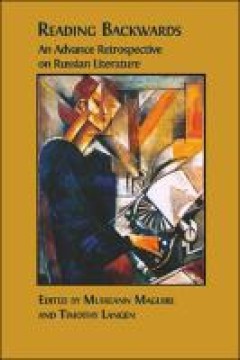
Reading backwards: an advance retrospective on Russian literature
"This edited volume employs the paradoxical notion of ‘anticipatory plagiarism’—developed in the 1960s by the ‘Oulipo’ group of French writers and thinkers—as a mode for reading Russian literature. Reversing established critical approaches to the canon and literary influence, its contributors ask us to consider how reading against linear chronologies can elicit fascinating new patte…
- Edition
- -
- ISBN/ISSN
- 9781800641211
- Collation
- 302 p.: colour, ill.
- Series Title
- -
- Call Number
- 891.709 MAG r
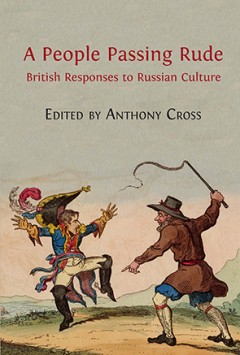
A people passing rude: British responses to Russian culture
Described by the sixteenth-century English poet George Turbervile as "a people passing rude, to vices vile inclin’d", the Russians waited some three centuries before their subsequent cultural achievements—in music, art and particularly literature—achieved widespread recognition in Britain. The essays in this stimulating collection attest to the scope and variety of Russia’s influence…
- Edition
- -
- ISBN/ISSN
- 9781909254121
- Collation
- xvi, 331 p.: illustrations
- Series Title
- -
- Call Number
- 947.084 CRO a
 Computer Science, Information & General Works
Computer Science, Information & General Works  Philosophy & Psychology
Philosophy & Psychology  Religion
Religion  Social Sciences
Social Sciences  Language
Language  Pure Science
Pure Science  Applied Sciences
Applied Sciences  Art & Recreation
Art & Recreation  Literature
Literature  History & Geography
History & Geography